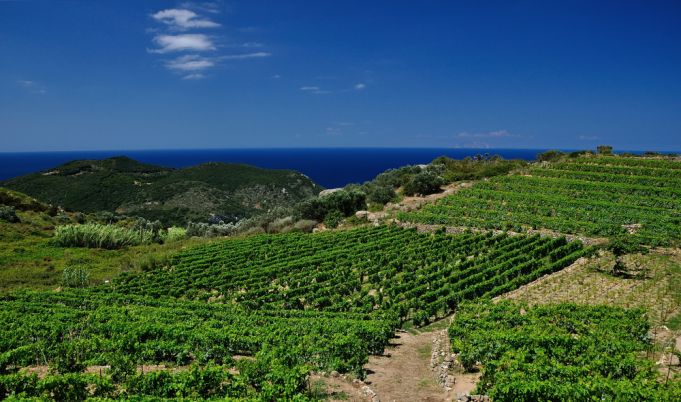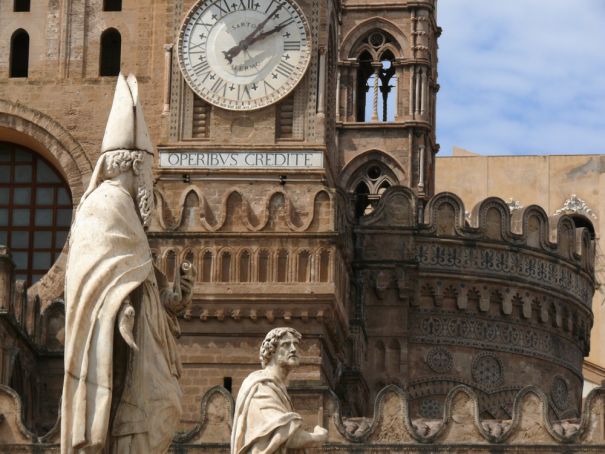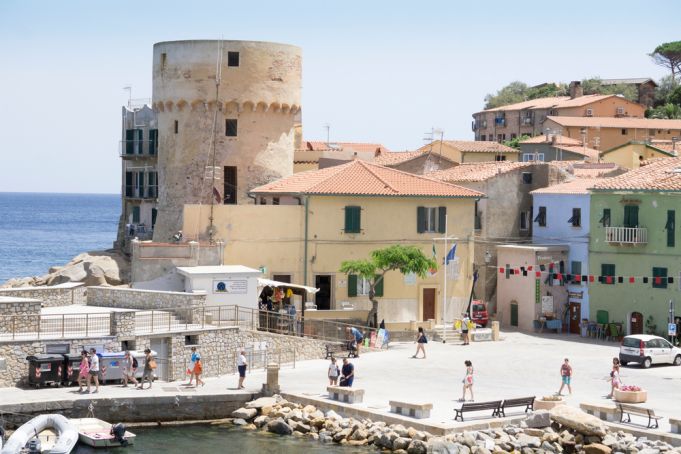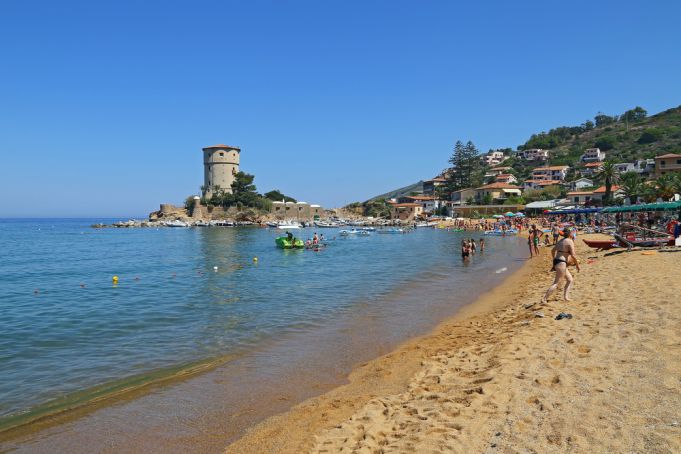Giglio Island guide: lily of the Tuscan islands
Tourists travel to the Tuscan island of Giglio for its tranquility and natural beauty.
Legend has it that when the Tyrrhenian Venus emerged from the depths of the sea, seven gemstones fell from her tiara and turned into the seven islands of the Tuscan archipelago: Gorgona, Capraia, Elba, Pianosa, Montecristo, Giglio and Giannutri.
Where is Giglio Island
Nestled near the southern tip of this cluster of isles, between Corsica and Tuscany, is the jewel-like Giglio, which means “lily” in Italian, although the island's name is believed to derive from the Greek word for “goat”, i.e. the island of goats.
History
The earliest traces of human life on the island date back to the Stone Age. Due to its strategic position and magnificent scenery, it has been much in demand ever since, from the Etruscans to the Romans and the Medici.
It suffered greatly from raids by the Saracens; the worst of these assaults took place in 1534 when most of the islanders were taken as slaves by the infamous Algerian pirate Barbarossa. The last attack by pirates took place a mere 208 years ago.
These days the island readily embraces the slightly less traumatic invasion of tourists who arrive by ferry from Porto S. Stefano, an hour away. Giglio is only 190 km from Rome, and its proximity makes it a highly popular destination for weekends of sailing and diving.
Flora and Fauna

Almost completely composed of granite, the island’s rugged terrain renders it 90 per cent uninhabited. Its 28-km, virtually impenetrable coastline is famed for the spectacular array of hidden coves and steep cliffs flocked with an abundance of nesting sea birds.
Regular boating excursions are provided and the more fortunate tourists sometimes see dolphins gracing the waters. Giglio rises to roughly 500 m at its highest point and on a clear day offers some of what must be the Mediterranean’s most breathtaking views.
Respect for the environment is currently such that there are strict restrictions concerning noise pollution and camping; rock collecting and damaging the rich variety of flower species are prohibited.
Giglio's Patron Saint

The legend of the patron saint of the Tuscan archipelago is an interesting one. A Sicilian-born bishop, Mamiliano, arrived here as a hermit in the fifth century and, after slaying the resident dragon on Montecristo, soon attracted an enormous following. In fact, such was his popularity that when he died a dispute arose between fishermen from Elba, Giglio and even Genoa over his remains.
Eventually a compromise was agreed, and they divided the saint into three. To this day the gigliesi are protected by the arm of S. Mamiliano and celebrate his feast day every 15 September.
Giglio's Population

The island’s three villages are each markedly different and together are home to about 1,600 people. Its commercial centre and only gateway to the outside world, Giglio Porto, was built by the Romans. Visitors are greeted with a colourful welcome; the village’s sheltered harbour is thronged with boats, while immediately opposite lies a hill terraced with houses. Amongst them is Bahamas Hotel, a family-run business and part of the island’s bustling, yet contained, tourist industry.
Established in the 1960s, it is the only hotel open all year round, and almost 4,000 guests (mostly Italian) pass through its doors annually. Owner Paolo Fanciulli has lived at the hotel all his life and describes the island as serena (peaceful), the islanders as gente pacifica (peace-loving) and the sea as sacro (sacred). He also offers a curious insight into local life: teenagers, accompanied by their mothers, move to the mainland for nine months of the year. There they attend secondary school and only return at weekends and during school holidays.
Near the summit is Castello, reached by means of a precipitous drive through vineyards. Largely unchanged since mediaeval times, it is characterised by fortification and a veritable labyrinth of winding corridors. Here one senses a relaxed lifestyle and an absence of secrets; laundry is very much a public affair and even the dogs walk slowly. Strolling along the narrow streets, with the residents sitting outside, is like walking through a collective village living room.
Giglio's Beaches
On the west coast is Giglio’s main tourist destination, Campese. Flanked by a sandy beach and idyllic bay, from here it is a joy to watch the sun go down over nearby Montecristo, the inspiration for the novel by Alexandre Dumas, The Count of Monte Cristo. Since 1970 it has been a nature reserve and visiting is only possible with a permit.
Similarly, the island of Pianosa is a protected natural habitat, although it is not as wild as it used to be; up until ten years ago it was a maximum security prison where especially dangerous Mafia gangsters were held. ph: trotalo / Shutterstock.com

The local brew, a strong wine called Ansonico, is much favoured by islanders and outsiders alike. One such admirer is Roman businessman Gino Bottigliero, who has been a regular visitor to Giglio for almost 30 years.
Citing the sparklingly clean sea as his main reason for returning (as well as the Ansonico wine and the many fish dishes available), Bottigliero maintains that the island is still unspoilt, although there is slightly more traffic on both roads and sea, and he advises against bringing a car. All three villages on Giglio are well served by bus.In addition to its natural beauty, the island's good, understated restaurants — without loud music along the sea-front — provide the perfect environment for a relaxing break away from it all.
By Andy Devane
This article was published in the July 2005 edition of Wanted in Rome, before the fatal shipwreck on 13 January 2012 in which 32 people were killed.
Giglio ferries
Ferries leave from Porto S. Stefano (Grosseto).
For timetables see website.
General Info
View on Map
Giglio Island guide: lily of the Tuscan islands
Isola del Giglio, Italia




















